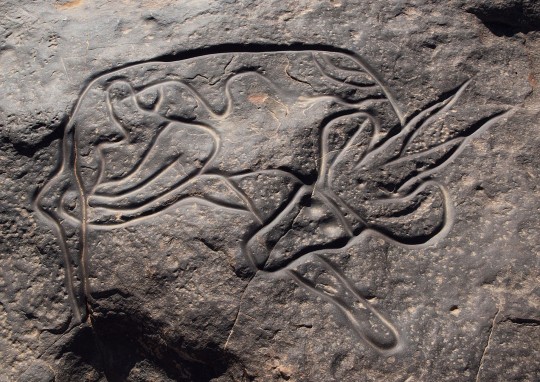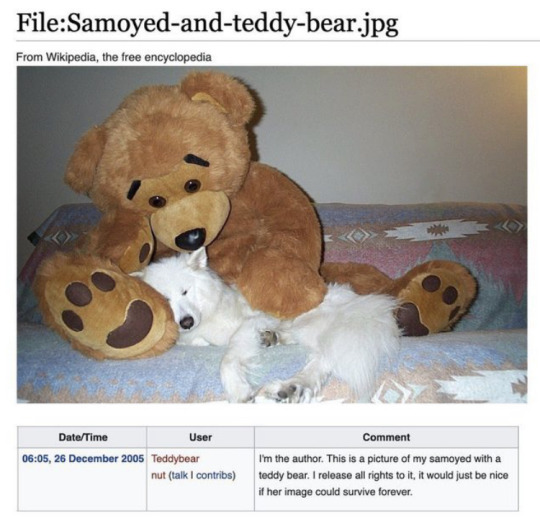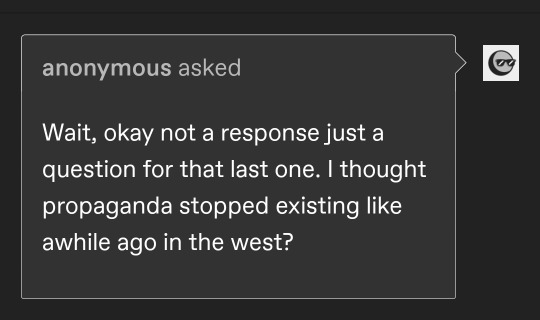Text

Cirrus Sky - William H. Hays
American, b. 1956 -
Colour woodcut , 18.5 x 25 in. Ed. 25.
830 notes
·
View notes
Text
Where's it made? Who brought it here? How much were they paid? Who makes it? Is it made in separate parts and put together? How much were they all paid to do this? Where do they get the materials? Who paid for that? Who brings it there? How much were they paid? Who streamlined the base materials? How much were they paid? Who gathered the base materials? Where? How much were they paid? Is it good for them? Is it good for us? Is it good for the land? Is it necessary? Is it biodegradable? How much does it hurt? Do I need it? Do I even want it?
9K notes
·
View notes
Text

Ruben Müller - I Remember Touch, 2024 - Oil on canvas
81 notes
·
View notes
Text
extremely cool article you should read if you haven’t already
28K notes
·
View notes
Photo

Beautifully-observed & realistic figure of a sleeping Antelope incised on rock up to 10,000 years ago at Tin Taghirt, Tassili n'Ajjer in Algeria, one of the largest & most important groupings of prehistoric cave art in the world.
ph: Linus Wolf
34K notes
·
View notes
Text

My sick ass evil wizard amulet

So basically I’m invulnerable and can curse anyone whenever
720 notes
·
View notes
Text
we can all make a difference--- join me on april 11 to boycott mcdonalds for a day! you can also still go if youre very hungry and its the only thing near you or if you dont wnat to do that or have a craving for a mcdouble or a mac chickens or crabby patty and its the only food you like to eat then its ok and you can still go to mdcdonalds you can go even if you just want to that day still but you have to go inside instead of drivethru and only get small soda and dont order an extra burger for later to show you mean it. let's stand together strong and send americans a big message!!! :D
4K notes
·
View notes
Text
"what was your childhood like?" idk I wasn't there
15K notes
·
View notes
Audio
119 notes
·
View notes











